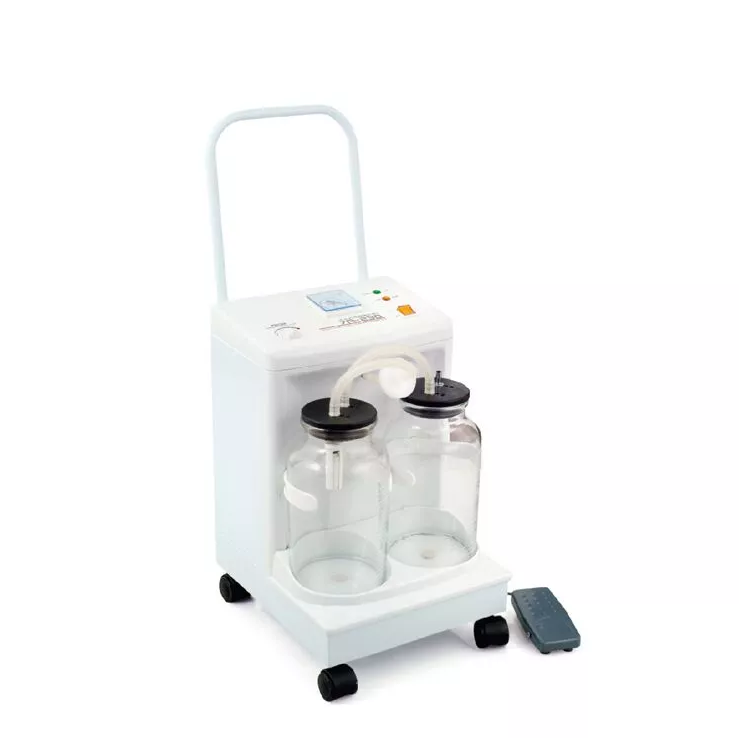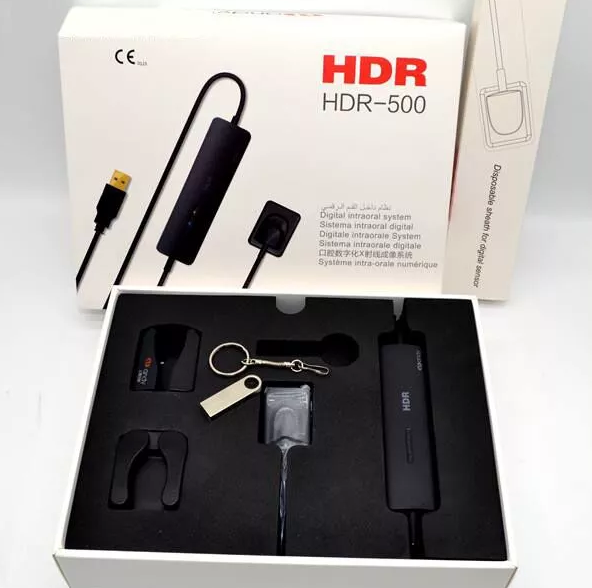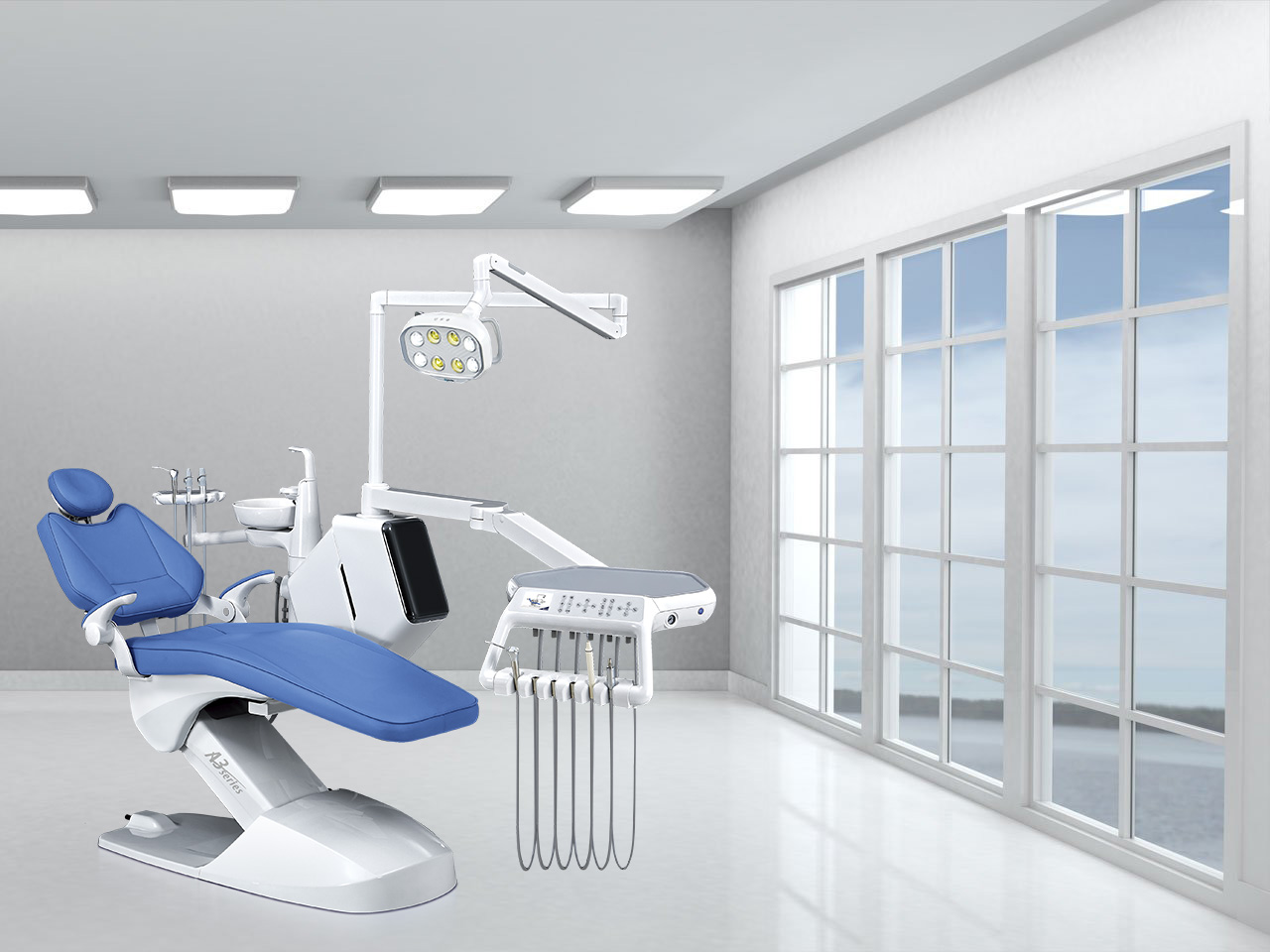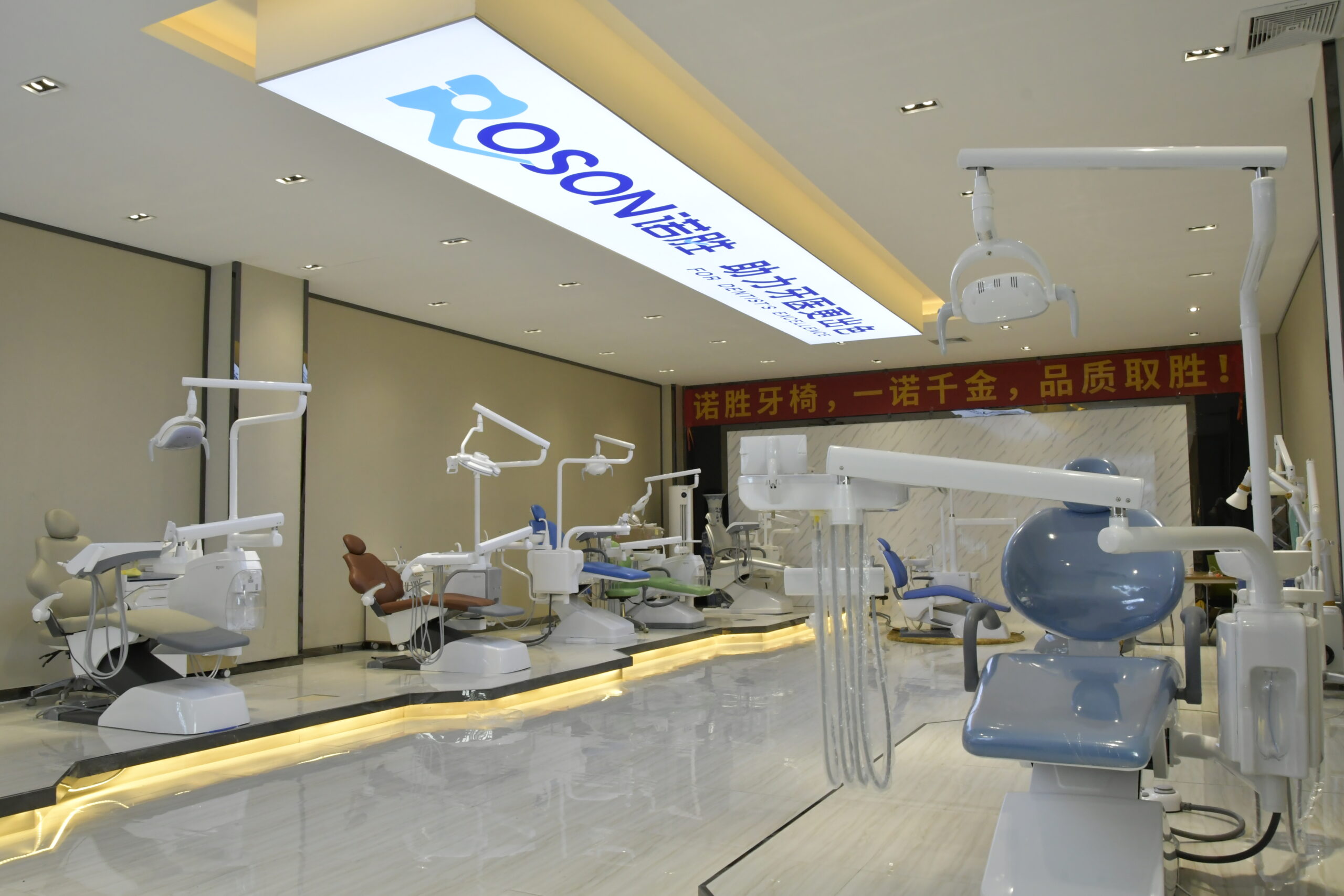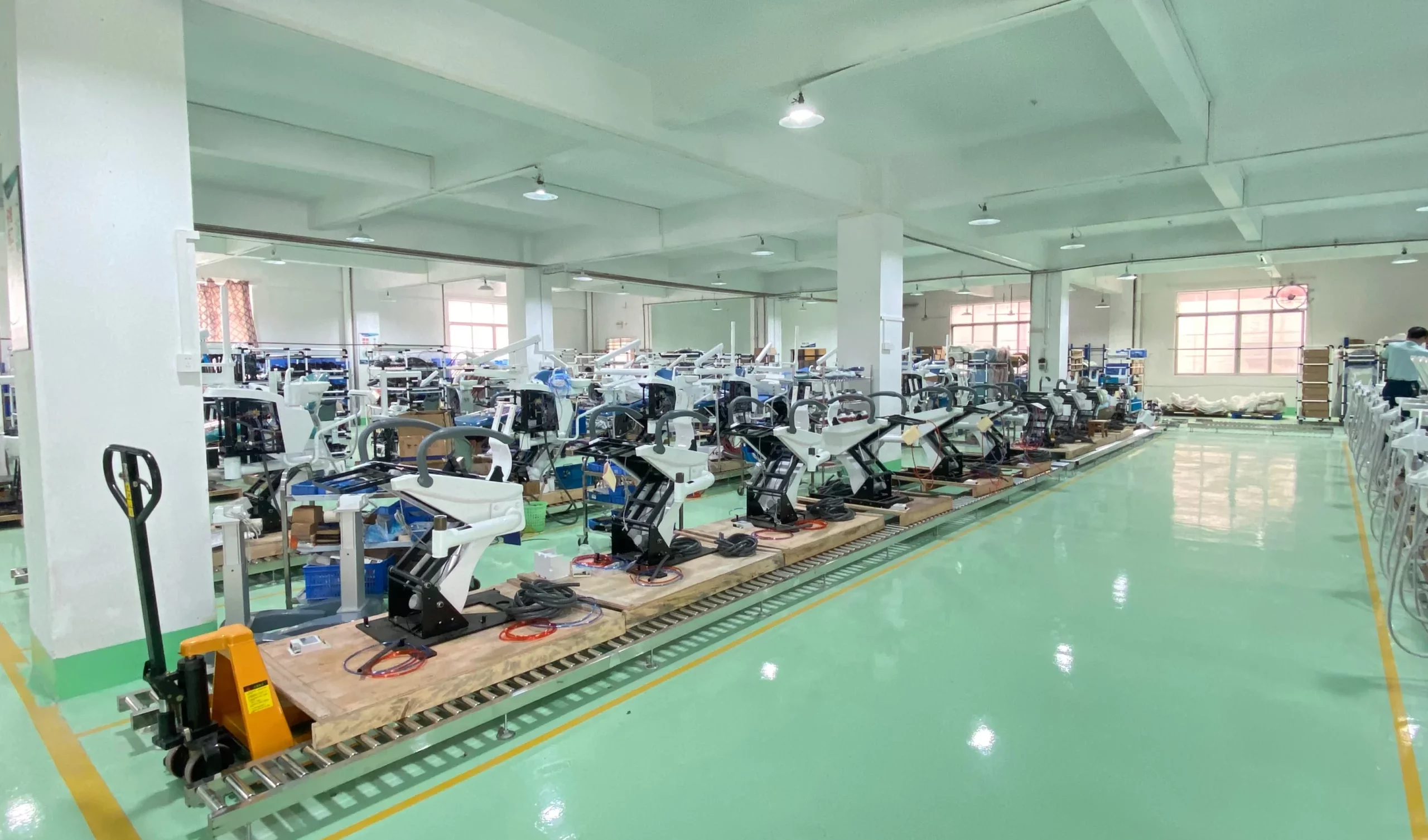Dental X-ray equipment is an essential tool for diagnosing and treating various dental conditions.
However, with so many different types of dental X-ray equipment available on the market, it can be challenging to determine which one is the best fit for your dental practice. we can discuss the factors to consider when choosing the best dental X-ray equipment.
Digital Vs. Film-Based X-Ray Equipment
There are two types of dental X-ray equipment available: digital and film-based. Digital X-ray equipment captures images using a sensor and displays them on a computer screen, while film-based X-ray equipment uses traditional X-ray film.
Digital X-ray equipment has several advantages over film-based X-ray equipment. Digital X-ray equipment offers higher image quality, improved diagnostic accuracy, and reduced radiation exposure for patients. Additionally, digital X-ray equipment requires less space and eliminates the need for chemicals and darkrooms required for film processing.
Type of Dental X-Ray Equipment
There are different types of dental X-ray equipment available, each with its unique features and capabilities. The most common types of dental X-ray equipment include:
Intraoral X-ray Equipment: This type of dental X-ray equipment is used to capture images of teeth and surrounding structures. Intraoral X-ray equipment can be further divided into periapical and bitewing X-rays.
Panoramic X-ray Equipment: This type of dental X-ray equipment captures an image of the entire oral cavity, including the teeth, jaws, and surrounding structures.
Cone Beam Computed Tomography (CBCT): This type of dental X-ray equipment captures detailed 3D images of the oral cavity and is commonly used in implant dentistry, orthodontics, and oral surgery.
When choosing the best dental X-ray equipment, it is essential to consider the type of X-ray equipment that best suits your practice’s needs and the type of procedures that you regularly perform.
Image Quality
Image quality is a critical factor to consider when choosing dental X-ray equipment. High-quality images are essential for accurate diagnosis and treatment planning. Digital X-ray equipment generally provides higher image quality than film-based X-ray equipment.
When evaluating image quality, consider factors such as image resolution, contrast, and clarity. It is also important to consider the software and imaging processing tools available with the equipment to ensure that the images are easily accessible and manipulatable.
Radiation Exposure
Radiation exposure is a concern for both patients and dental professionals. While dental X-ray equipment emits relatively low levels of radiation, it is still essential to consider the radiation dose when choosing the best dental X-ray equipment.
Digital X-ray equipment typically emits less radiation than film-based X-ray equipment, and some models offer advanced radiation reduction features to further minimize exposure. It is also essential to ensure that the equipment is properly calibrated and maintained to minimize radiation exposure.
Cost
The cost of dental X-ray equipment is a significant investment for any dental practice. When evaluating cost, it is essential to consider not only the upfront cost but also the ongoing maintenance and support costs. Digital X-ray equipment is generally more expensive than film-based equipment, but the long-term benefits of improved image quality, reduced radiation exposure, and increased efficiency often outweigh the initial cost.
Size and Ergonomics
The size and ergonomics of dental X-ray equipment are also important factors to consider. Intraoral X-ray equipment must be small and easy to maneuver to capture images from various angles. Panoramic and CBCT equipment are typically larger and require more space. It is also important to consider the ergonomics of the equipment, such as the position of the controls and the ease of use, to minimize operator fatigue and improve efficiency.


